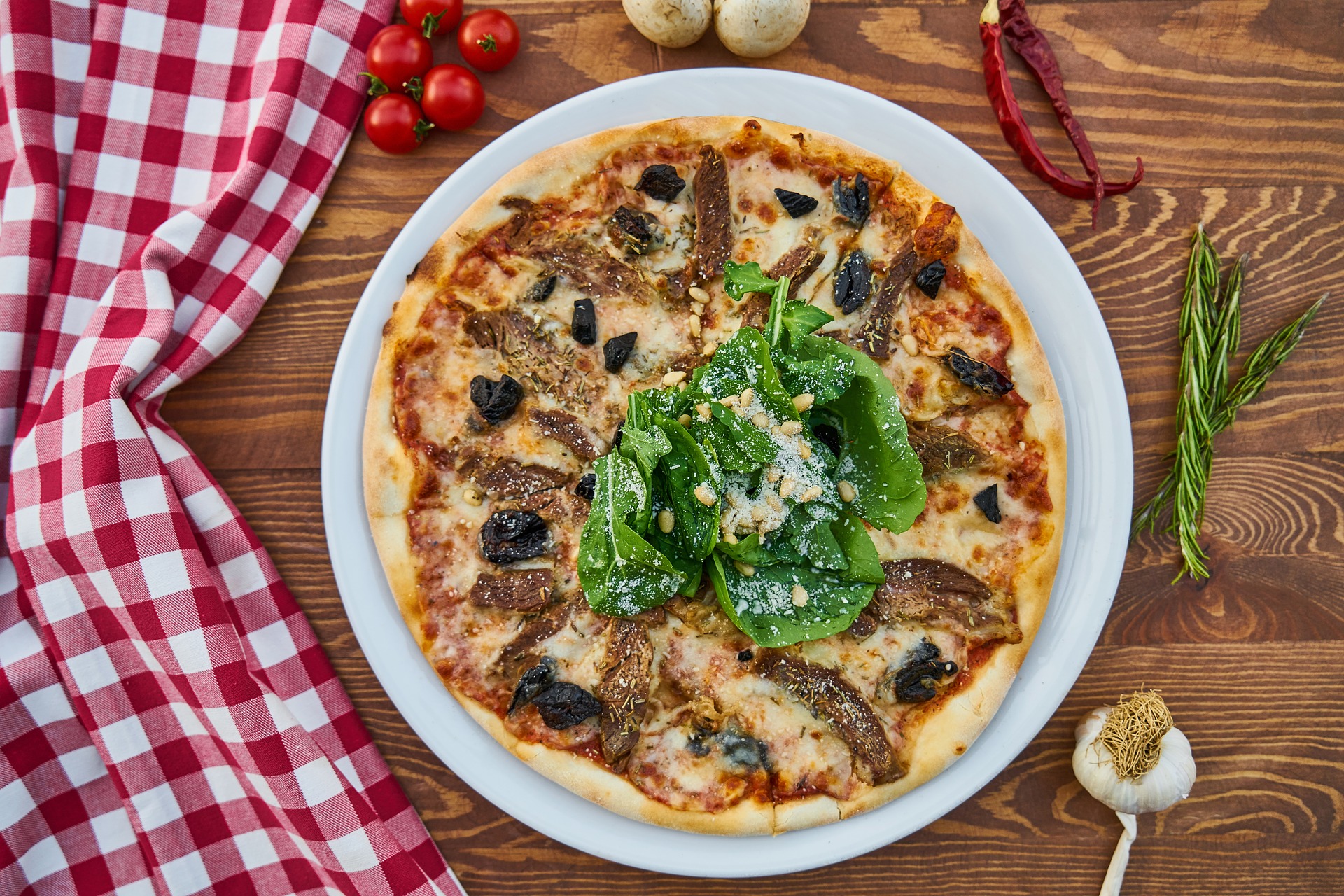Back in the good old days (think 1980s), the average U.S. consumer had a “weight management mindset” relationship with food.
Mark Gale, CEO and partner at Charleston/Orwig, told those attending the 2018 Animal Agriculture Alliance Stakeholders Summit, that he refers to that time-frame as Healthy 1.0. It was also the time when the U.S. Department of Agriculture and the U.S. Department of Health and Human Services published the Dietary Guidelines for Americans. There were seven guidelines:
1. Eat a variety of foods
2. Maintain ideal weigh
3. Avoid too much fat, saturated fat and cholesterol
4. Eat foods with adequate starch and fiber
5. Avoid too much sugar
6. Avoid too much sodium
7. If you drink alcohol, do so in moderation.
By the early 2000s – which Gale calls Healthy 2.0 – the focus was on local, natural and organic foods.
And by 2015, instead of seven dietary recommendations, the list had grown to 41!
It’s a new food ballgame.
“Our relationship with food has evolved and will never be the same,” Gale says. That’s because Healthy 3.0 is all about the function of our food. We want it to reduce our stress, enhance our mood, energy and memory, help us sleep better, improve our digestion and vision, and make us more beautiful.
That's a lot to ask of our food.
And, unfortunately, we are also more confused about what we should and shouldn’t eat. Gale says according to a 2016 study by Label Insight, 75 percent of those surveyed don’t trust the accuracy of food labels and 35 percent are confused by what the labels on their food actually mean.
A follow-up study by Charleston/Orwig indicated that 71 percent of respondents want nutritional information on labels, but only 29 percent feel manufacturers are doing a good job providing the information consumers want.
What Gale doesn’t like is the “absence labeling” trend on packaging because it is driven by fear and causes more confusion.
"We need to (better) serve the needs of the consumer. Let’s try to isolate how to give them information so it’s useful,” Gale said.
